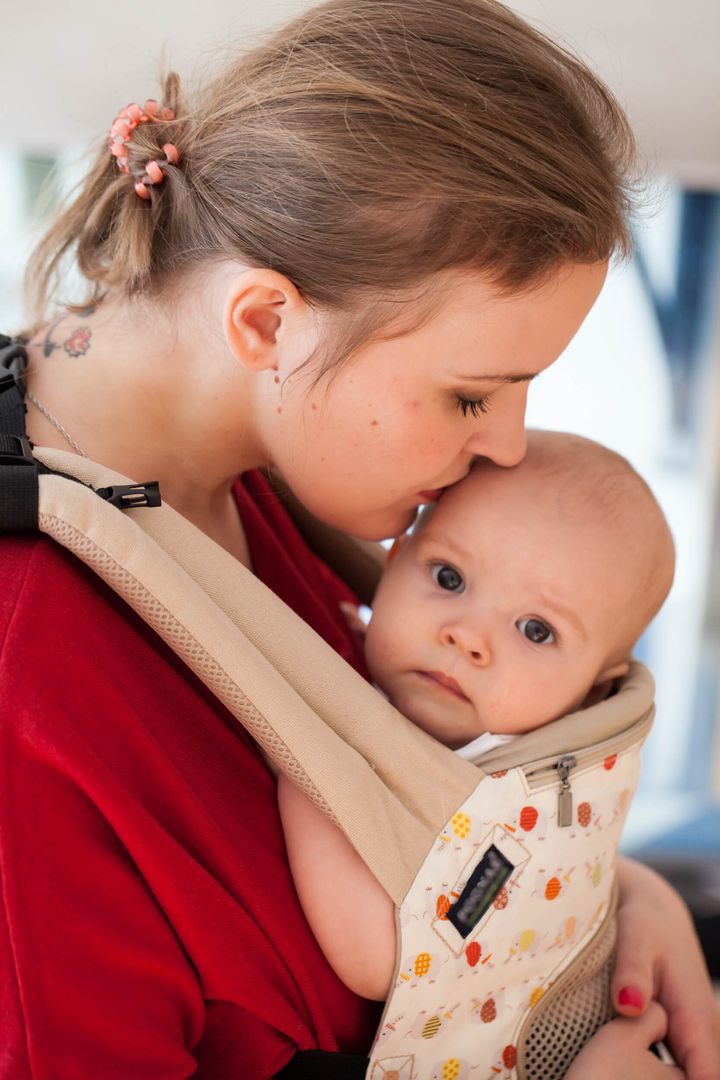
An inquest heard this week of the tragic death of a five week old baby from Sudden Infant Death Syndrome (SIDS) who had been carried on a sling.
The inquest into the death of Ruadhan Bradshaw Hall on December 21, 2022, heard the jersey sling “may or may not” have contributed to an unsafe sleeping environment in which the baby’s ability to breathe was compromised but that was not provable.
He died eleven days after his parents found the baby extremely unwell during a walk carrying the baby in the sling.
His grieving parents, Sinead and Keith Bradshaw from Garristown, who were unaware of the risk, appealed for more information to be given to the public about the proper use of slings.
The coroner Dr Crona Gallagher said she would write to the HSE on the need for more public information
It is understood the HSE’s head of child health, Dr Abigail Collins, and teams across the country, have been very active in the past year among breastfeeding groups and other contact points for mothers of babies with key safety guidelines and advice around the use of slings.
Asked what advice the HSE has for parents using baby slings, a spokeswoman said it offered its deepest sympathies to the family affected by the tragic accident.
She said the HSE’s website MyChild.ie – provides clear advice for parents on safety when using slings and safe sleeping advice.
This information has also been actively disseminated across the HSE and voluntary organisations specifically within the breastfeeding groups to support understanding on sling safety and safe sleeping.
Parents are advised that baby carriers and slings are useful but can be “a suffocation risk and they should always follow safety advice”.
Not all baby carriers and slings are suitable for all babies and should not be used for babies who are newborn, premature, or have poor head control.
To prevent the baby from suffocating, do the following practice known as TICKS:
T – Tight enough to hug the baby close. The baby should be positioned high and upright with head support. Any slack or loose fabric will allow the baby to slump down and could restrict breathing.
I – In view at all times, with their face not covered with material or clothing. You should always be able to see your baby’s face by simply glancing down.
C – Close enough to kiss – baby’s head should be as close to the chin of the parent as is comfortable. By tipping your head forward, you should be able to kiss your baby on the head or forehead.
K – Keep your baby’s chin off their chest so they can breathe normally.
S – Supported back. In an upright carrier, the baby should be held comfortably close. This means their back is supported in its natural position and their tummy and chest are against the person carrying them.
Be aware of body heat and make sure the baby does not get too hot. The upright position is the safest position for a baby in a sling or baby carrier. Watch the baby during the feed.
If the baby falls asleep, remove them from the sling or baby carrier as soon as possible.
Place them on their back to sleep. Laying on their back is the safest way for the baby to sleep.
Sleeping in a baby carrier or sling could block your child’s nose and mouth and make it harder for them to breathe.



